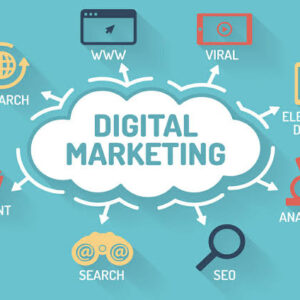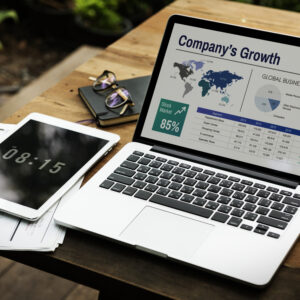Managing employees is one of the most important parts of running a successful business. From hiring new talent to tracking attendance, handling salaries, and managing leaves — there’s a lot that HR teams need to take care of every day. This is where a human resource management system (HRMS) becomes essential.
An HRMS is a digital tool that automates and simplifies HR tasks, making it easier for businesses to manage their workforce. In today’s fast-paced work environment, having the right HR software isn’t just a convenience — it’s a necessity. Whether you’re a small business or a growing company, using an HRMS can save time, reduce paperwork, and ensure smoother operations.
What is a Human Resource Management System?
A human resource management system is software that brings all HR-related tasks into one place. It helps with:
- Employee data management
- Attendance and leave tracking
- Payroll processing
- Recruitment
- Performance management
- Employee self-service portals
Instead of using multiple spreadsheets or manual registers, HR teams can handle everything from one platform. This makes processes faster, more accurate, and transparent.
Why Your Business Needs It
- Saves Time and Effort
Manual HR work takes a lot of time and is prone to errors. With an HRMS, most tasks are automated — from calculating leave balances to processing salaries — saving hours of work. - Centralized Employee Information
All employee data, documents, and updates are stored in one place. This makes it easy to access records when needed and improves data security. - Improves Accuracy
No more calculation mistakes or misplaced records. An HRMS reduces human errors by using pre-set rules and automatic data handling. - Boosts Employee Satisfaction
With self-service features, employees can view payslips, apply for leaves, and track their attendance without having to contact HR every time. This improves transparency and trust. - Helps with Compliance
Managing statutory requirements like PF, ESI, TDS, etc., becomes much easier with built-in compliance tools. This helps avoid legal issues and penalties. - Supports Growth
As your business expands, managing more employees manually becomes difficult. An HRMS can scale with your company, supporting future growth without needing extra HR staff.
Key Features to Look For
When choosing an HRMS, make sure it offers features that suit your business needs. Some must-have features include:
- Cloud-based access
- Attendance integration (biometric or app-based)
- Leave management
- Payroll automation
- Compliance tools (PF, ESI, PT, TDS)
- Recruitment and onboarding modules
- Employee self-service
- Custom reports and analytics
The right HRMS can be customized to your company’s workflow, ensuring a smooth transition from manual to digital processes.
Who Can Benefit from HRMS?
An HRMS is useful for businesses of all sizes and industries. Whether you run a tech startup, a manufacturing company, a retail chain, or a service-based business, you need to manage people effectively.
- Startups can use it to automate basic HR tasks and reduce overhead.
- Small businesses get control over attendance, payroll, and documentation.
- Growing companies can manage large teams with ease and track performance.
- Established companies can improve their HR efficiency and employee experience.
Choosing the Right Software Partner
While the software itself is important, choosing the right provider is equally crucial. A reliable partner will offer full setup support, training, regular updates, and timely customer service.
This is why many companies prefer working with a software company in Delhi. Delhi is home to experienced software firms that understand local compliance needs and business workflows. They offer affordable, scalable, and customizable HRMS solutions that are built for Indian businesses.
A local company also means better communication, quick service, and more reliable support when needed. You can even schedule in-person demos or training sessions, making the transition to HR software smooth and hassle-free.
Real Example of HRMS in Action
Imagine a company with 50 employees. Every month, the HR team spends hours checking attendance, collecting leave data, calculating salaries, and generating payslips. During appraisal season, they need to dig through old files for performance reviews. Employees are constantly asking for payslip copies or leave balances.
Now, imagine this company starts using an HRMS. All attendance is automatically synced through biometric devices. Leave requests are approved online. Salaries are calculated within minutes, and payslips are emailed to employees. Performance reviews are recorded in the system throughout the year.
The HR team can now focus on hiring the right people, improving employee satisfaction, and planning for the future — instead of just processing paperwork.
That’s the difference a human resource management system can make.
Final Thoughts
A human resource management system is no longer a luxury — it’s a smart investment for any business that wants to grow, stay organized, and build a happy workplace. It simplifies daily tasks, reduces errors, and creates a better experience for both HR staff and employees.
If you’re ready to improve your HR operations, make sure you partner with the best software company in Delhi. With the right team behind your HRMS, you’ll get the tools, support, and confidence to manage your workforce like never before.
Start your journey towards smarter HR today — your team will thank you for it.









